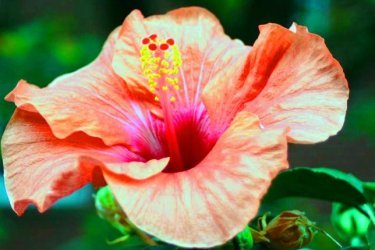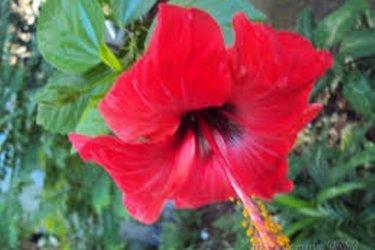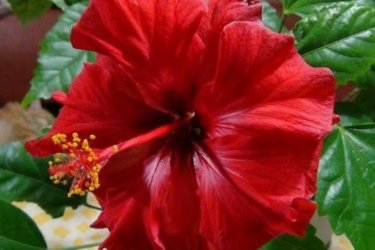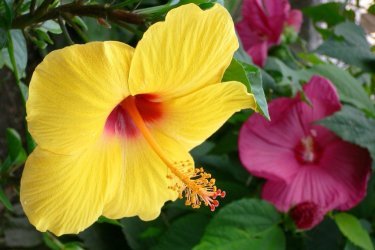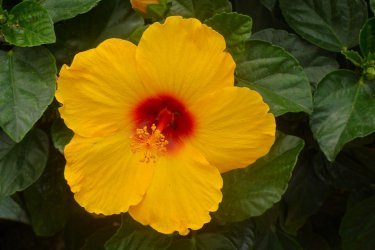Hibiscus
The Malvaceae genus unites plants with extremely high decorative qualities. Flower lovers are captivated by the unpretentiousness of plants and the possibility of growing them in conditions that are easy to provide without special costs.
Plants of this genus, and there are about 300 species, live in subtropical and tropic conditions, but hybrid varieties are frost-resistant, they are called gardening and grown in the open air in the middle zone.
The most famous and beloved variety of hibiscus by flower growers, the Chinese rose, is an indoor plant; it is grown indoors and taken outside only in the summer.
Types and varieties of hibiscus
From the articles in this section you will learn that perennials can be grown as bushes or standard trees. Of course, in order to give the plant a special decorative and attractive appearance, you will need to learn how to prune it correctly.
Among the hybrid herbaceous varieties there are annuals, but they are not particularly popular among gardeners. However, in appearance, the different species differ little from each other. Their flowers are very bright and large, can be double, and the color range is quite wide.
Choosing a plant to your taste that will fit perfectly into the design of the garden or the interior of the room is not at all difficult.
Growing Hibiscus
If your flower will grow in the garden, you will need to choose a suitable place for planting hibiscus. The lighting of the area should be of high quality, it is desirable that it be protected from the winds, and the soil should be light and rich in nutrients.
Since all representatives of the genus are demanding of soil moisture, the main points care for bush, tree or herbaceous hibiscus varieties there will be:
- high-quality and timely watering
- removal of dried stems and branches, rejuvenating haircut
- loosening the soil
- periodic thinning of branches
- pinching shoots to activate tillering
During the growing season, i.e. in the summer it will be necessary to apply fertilizing containing a large percentage of nitrogen and phosphorus twice a month; in preparation for wintering, potassium should be present in the fertilizer.
Hibiscus propagation
There is usually no particular problem with this issue, propagate flowers can be:
- garden varieties - grafting, layering, seeds and cuttings
- hybrid - by cuttings, grafting, dividing adult bushes
Look in the articles in this section for detailed information on how to properly care for seedlings and plants after transplantation.
You can also find out why hibiscus does not bloom and how to eliminate the causes of this negative phenomenon.
As for the signs associated with keeping these amazing flowers in the house, you should take into account how superstitious you are and act in accordance with your beliefs.
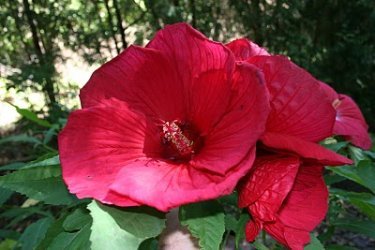
Read more
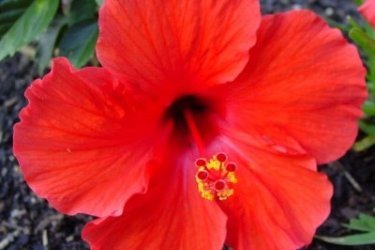
Read more

Read more

